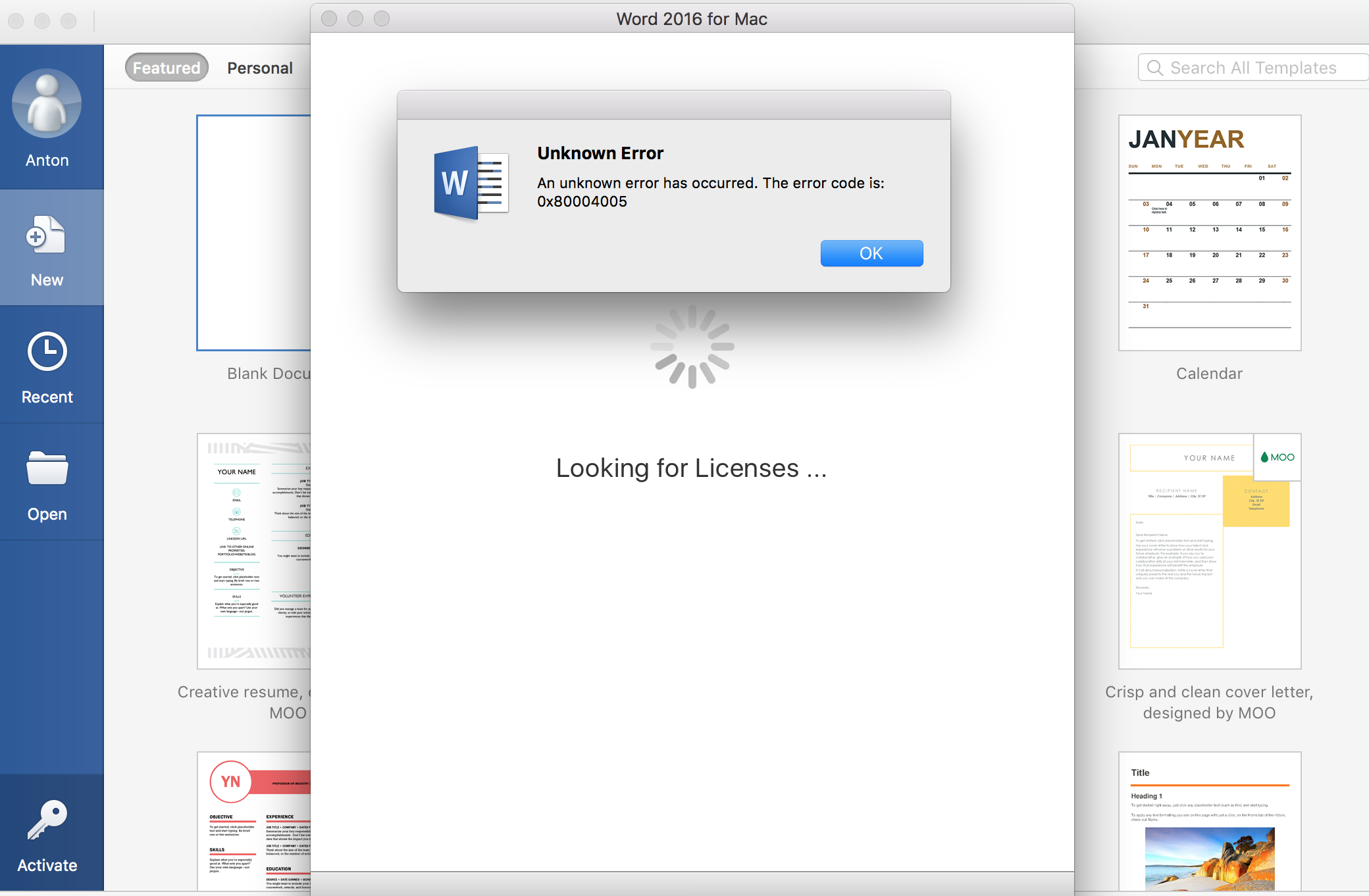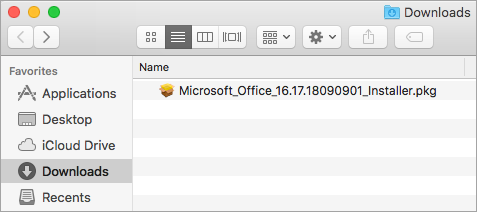- If Office installation fails, see What to try if you can't install or activate Office 2016 for Mac. Launch an Office for Mac app and start the activation process. Click the Launchpad icon in the Dock to display all of your apps. Click the Microsoft Word icon in the Launchpad.
- To resolve this issue without running the script, follow these steps: Exit all open Office applications, including Outlook and OneNote. On the menu bar, click Go Utilities, and then double-click Terminal. Type the following text, and then press Enter in the Terminal Window: killall.
Sorry this link in this video not working anymore therfore made new video with new links which working 100% be pacient and follow this video link:https://www.
-->Note
Office 365 ProPlus is being renamed to Microsoft 365 Apps for enterprise. For more information about this change, read this blog post.
Symptoms
When you try to activate or sign in to any of the Microsoft Office 2016 applications after you install the version 15.33 update, you receive a blank authentication screen. Additionally, you may see any of the following symptoms.
Symptom 1
The following issues occur in the Unified Logging Service (ULS) log:
- The server has redirected to a non-https URL.
- Errors occur in Azure Active Directory Authentication Library (ADAL) authentication.
To locate the ULS log, open Finder and browse to the following path:
~/Library/Containers/com.microsoft.<Application>/Data/Library/Caches/Microsoft/uls/com.microsoft.<Application>/logs
Note <Application> represents the name of the application that you are troubleshooting.
Symptom 2
Office For Mac 2016 Not Activating
You notice that in an HTTP trace, the server response includes multiple WWW-Authenticate headers, such as the following:
WWW-Authenticate: Negotiate
WWW-Authenticate: NTLM
Cause
The symptoms occur for the following corresponding reasons:
Cause for symptom 1
Starting from Office 2016 for Mac version 15.33, unsecured endpoint traffic is blocked in authentication flows.

Cause for symptom 2
Starting from Office 2016 for Mac version 15.33, the authentication method no longer selects NTLM authentication when multiple WWW-Authenticate headers are present in the response. The issue occurs when the selected authentication method is unsuccessful.
Resolution
Resolution for symptom 1
Configure all authentication endpoints to use the Secure Sockets Layer (SSL) protocol.
Resolution for symptom 2

Install the September 2017 update for Office 2016 for Mac version 15.38.
More Information
More information for symptom 1
The resolution applies when you use Microsoft Active Directory Federation Services or non-Microsoft federation solutions.
Office 2016 For Mac Not Activating Iphone
Hey all, just had a recent problem with our OSX clients being unable to activate the latest Office 2016 suite with their Office 365 accounts. I had seen this problem before but there are so many other variables to look into when trying to fix sign in problems.Error AD FS 364
Encountered error during federation passive request.
Additional Data
Protocol Name:
wsfed
Relying Party:
urn:federation:MicrosoftOnline
Once you enable Forms Based Authentication for the Intranet this problem should disappear! Only minor problem with this is that it's not truly single sign on as you are still prompted for credentials inside the domain.
To enable Forms Based Authentication open your ADFS 3.0 server management console > Authentication Policies > Edit Global Settings then enable Forms Based Authentication for the Intranet,
Hope that helps :)
TLDR; Enabled Forms Based Authentication for the Intranet on the ADFS 3.0 management console.